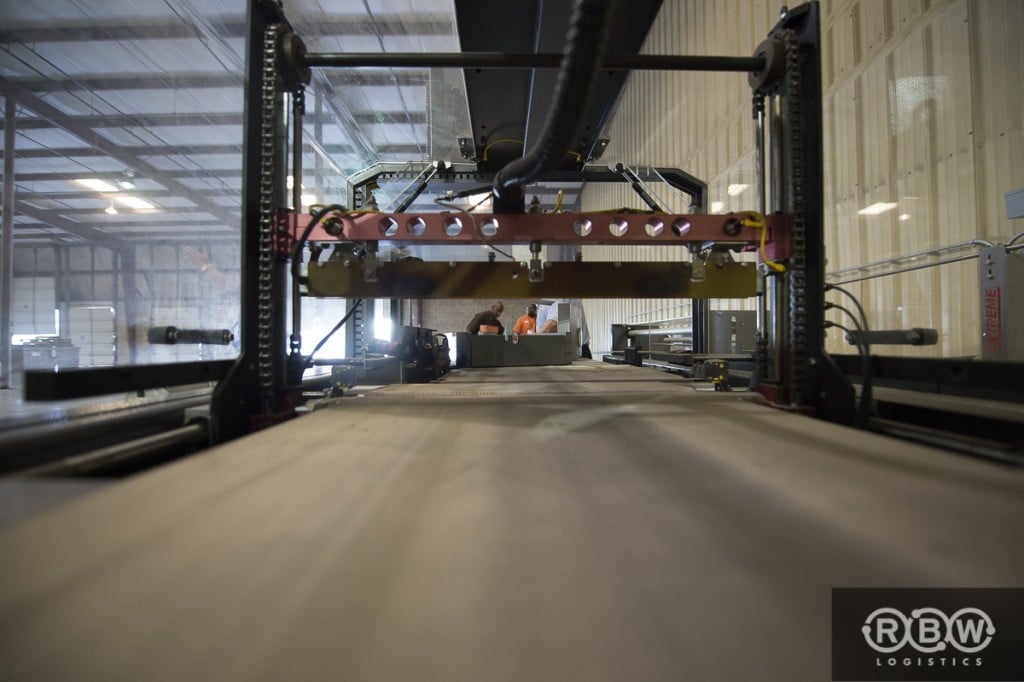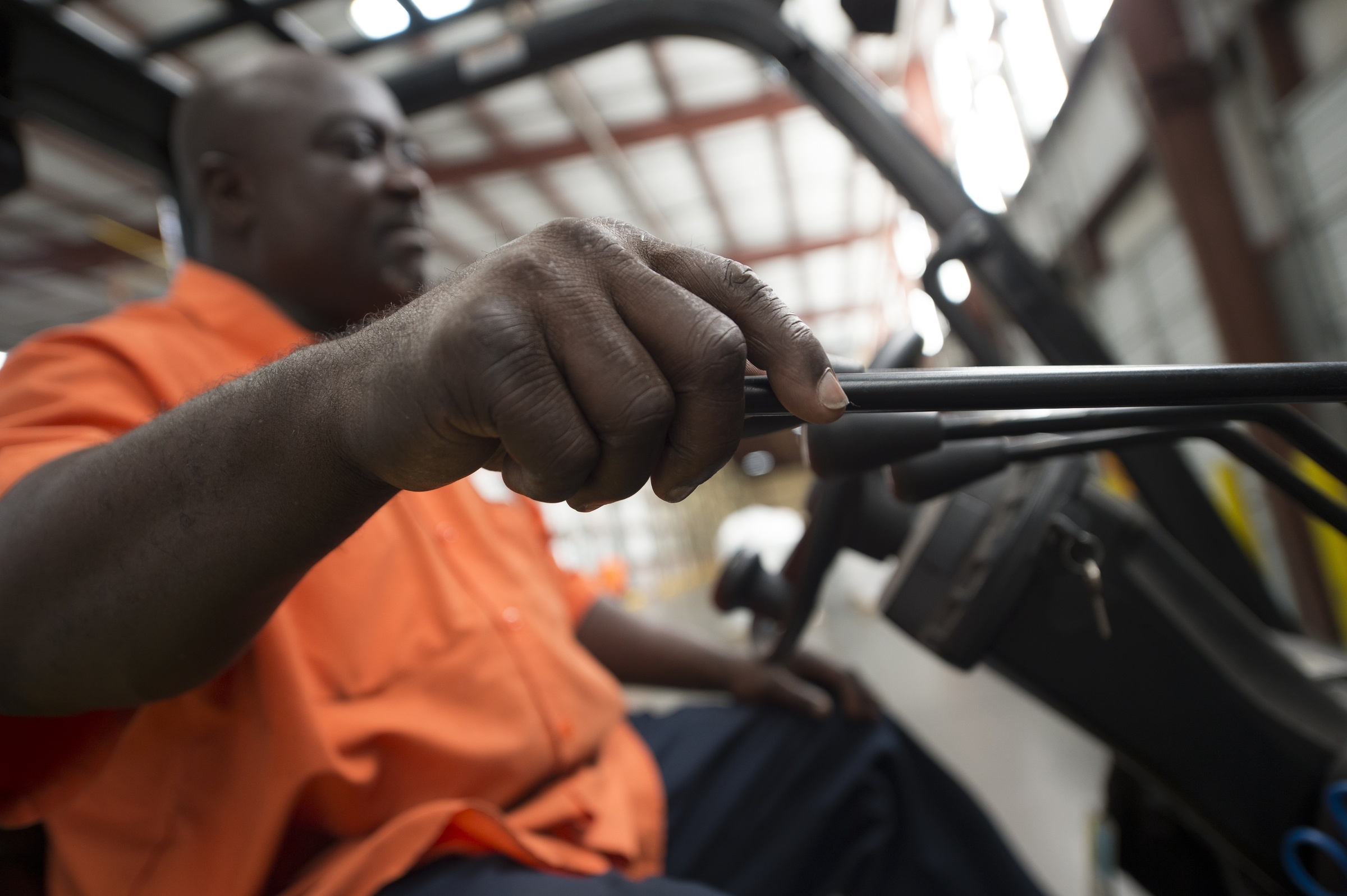Trim the Muda ( Part I: Lean Manufacturing )
Lean Manufacturing is a simple concept. The objective is to remove as many inefficiencies ( waste ) as possible from your operations. The...

Riddle: Born in captivity, I need to breathe but I am not alive. I can be young or old I can not die.
A core value of RBW is flexibility, the willingness to look at things from a different perspective when opportunities arise. Flexibility has allowed us to become more of a resource for customers, offering tea blending, packaging and kitting options to name a few.
Having extensive experience with food grade products and certifications (our proudest being SQF), we thought it would be beneficial to add some commentary to an article we came across.
The name of the article is “Six Steps towards Optimizing Wine & Spirits” by Paul Laman, published in Food Logistics.
Laman identifies six areas that can streamline warehousing and distribution operations within an organization.
We will dive into five of these areas.
In the warehouse, it is practical to store high-volume, high-velocity items in close proximity to picking and shipping. Proper product placement and slotting increases order fulfillment speed and accuracy, decreases picking and travel time, and helps avoid congestion. Use historical sales data and demand forecasts to determine which products should be slotted where and use appropriate picking technologies to support your strategies.
A good 3PL provider should be able to help you track this data. This should be the litmus test for evaluating their ability to manage your product effectively. They are an aid to ensure that the oldest of your high - volume, high - velocity product is sent out first. The system that allows your 3PL to ship your product out accurately is called FIFO (First-In First-Out). The first or oldest stock is always shipped out before the most recently produced stock is shipped. This ensures that the oldest stock is used first and reduces the costs of obsolete inventory. Today, the FIFO system and process can be monitored and managed within your 3PL's WMS (Warehouse Management Software). The effectiveness of their FIFO system is dependent upon their ability to use the system correctly in addition to proper training and management of fork - lift operators. If their FIFO process is not effective, it is typically due to a flaw in one of these two contributing factors.
Just as retailers study consumer pathways and behaviors to create effective store layouts, DC managers need to continually track employee activity and efficiency in order to determine how and where productivity can be increased. Automated monitoring and evaluation systems can yield superb insights that yield measurable results.
In the 3PL realm, this is known as Continuous Improvement. A good 3PL will give you consistent results. A great 3PL will consistently find ways to improve your operations and reduce costs.
This comes down to the lean philosophy being interwoven into the fabric of their company's culture. At RBW, we follow the 5S methodology.
 When was the last time you saw a supermarket checkout lane with a manual cash register? Just as scanners, conveyors and online payment systems have transformed the retail checkout experience, DC automation technologies are vital for a warehouse that’s effective, efficient, and accurate; providing excellent customer service.
When was the last time you saw a supermarket checkout lane with a manual cash register? Just as scanners, conveyors and online payment systems have transformed the retail checkout experience, DC automation technologies are vital for a warehouse that’s effective, efficient, and accurate; providing excellent customer service.
Contingency planning is a vital part of any business. Many distributors have learned strategies to cope with natural disasters, unexpected weather events, fluctuating demand and other possibilities in order not to be caught off guard. Empty store shelves are an uncommon occurrence, which is why it makes the news on those rare occasions when it does happen. In the DC, pre-planning gives you the opportunity to think through and test options so you can build a realistic strategy for meeting unexpected demand instead of having to scramble to recover under pressure.
Forecasting is a key tool that will allow your supply chain to be responsive and agile.
Responsiveness and agility = efficiency
We live in a world where data is king. A good 3PL tracks your product down to the smallest detail and helps you to gain insight by visualizing the trends in the data. A great 3PL can also provide value for you in other creative ways. RBW developed its Supplier Pull Management service with this in mind. This service makes forecasting for manufacturers and suppliers easier by reducing lead times and inventory carrying costs. It is a steady flow of supplies used in production that reacts responsively to demand within the marketplace.
It improves efficiency and increases cash flow.
In a nutshell, the successful wine & spirits DC must work hard to gather and analyze operational metrics and balance those findings with the need to also supply outstanding customer service across the industry. There’s no single solution – each operation has to develop its own recipe, and many have.
A great 3PL does not just provide consistent results but they add - value to your supply chain.
This can be done in a variety of ways from providing key insight into trends or by shortening the vertical of your supply chain.
Check out the article in its entirety here: http://www.foodlogistics.com/article/12144860/six-steps-toward-optimizing-wine-spirits-operations
Answer: Wine

Lean Manufacturing is a simple concept. The objective is to remove as many inefficiencies ( waste ) as possible from your operations. The...

People are Priceless It’s no secret that the logistics business is equipment-heavy. Whether it’s the software systems we use to track every item...